Before 1988, the Kubuqi Desert experienced intense desertification, largely due to unsustainable practices such as excessive cutting and overgrazing. This led to significant challenges for the local population, including isolation, poverty, and restricted access to both livelihood opportunities and electricity.
East Asia Blog Series
Profitable Ecosystem Restoration: A Pilot in the Kubuqi Desert
Dongmei Guo and Thomas Panella 12 Jan 2024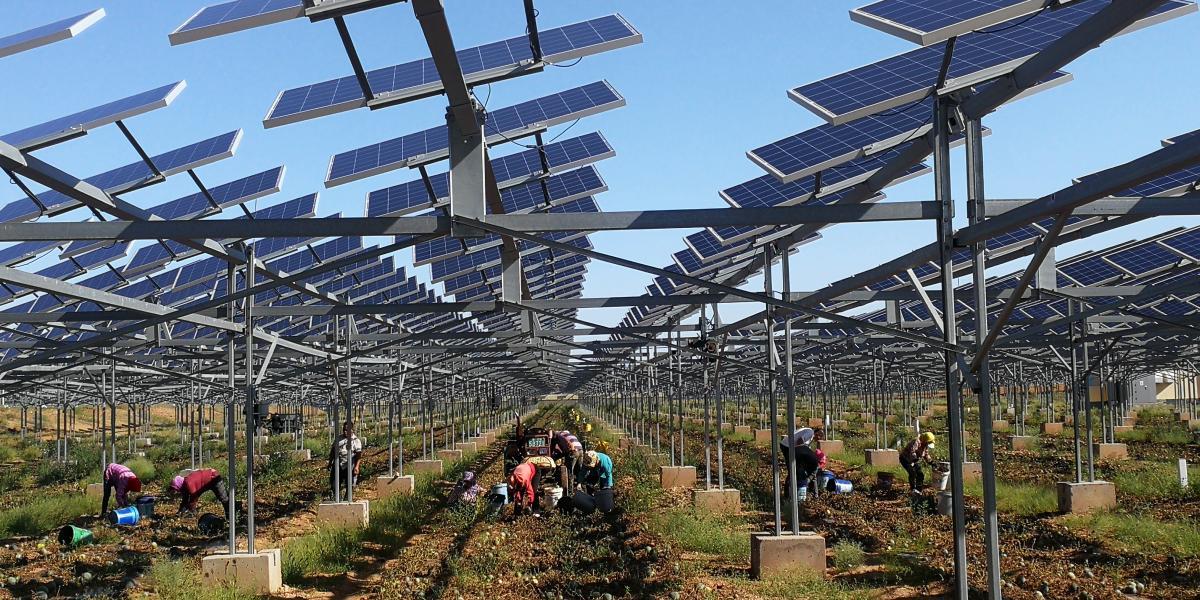
Valuing GEP and implementing ecological compensation mechanism can enhance the sustainable finance mechanism of desert ecosystem restoration.
The People’s Republic of China (PRC) is one of the countries most affected by desertification globally. Approximately 27.2% of its land is covered by deserts, with desertification causing substantial annual economic impact.
The PRC’s seventh largest desert, the Kubuqi Desert, was once known as the “Sea of Death” due to its extreme levels of desertification. It is in the middle and upper reaches of the Yellow River Basin and is the closest desert to Beijing, as seen in Figure 1. This region, spanning 18,000 square kilometers, has gradually improved its ecological environment following greening efforts from the government and the private sector.
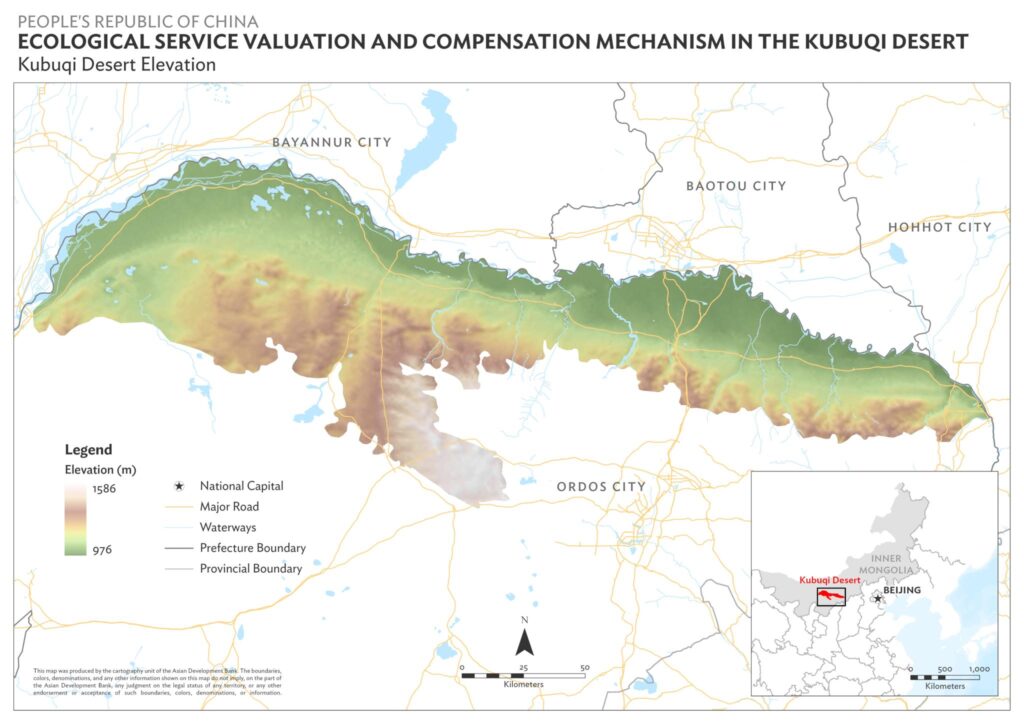
- enhancing performance-based metrics for natural capital accounting, including calculating GEP to capture the value of ecosystem services as an asset and to generate agri-business opportunities;
- strengthening eco-compensation mechanisms, market-based policy instruments, institutions and regulatory frameworks to incentivize natural capital investments;
- catalyzing innovative and sustainable financing instruments to mobilize additional investments across sectors of interventions; and
- building knowledge, capacities and partnerships across multiple actors, key areas of intervention, and ADB’s developing member countries in the Asia-Pacific region.
The solutions to many natural capital problems will be cross-cutting and multi-sectoral.
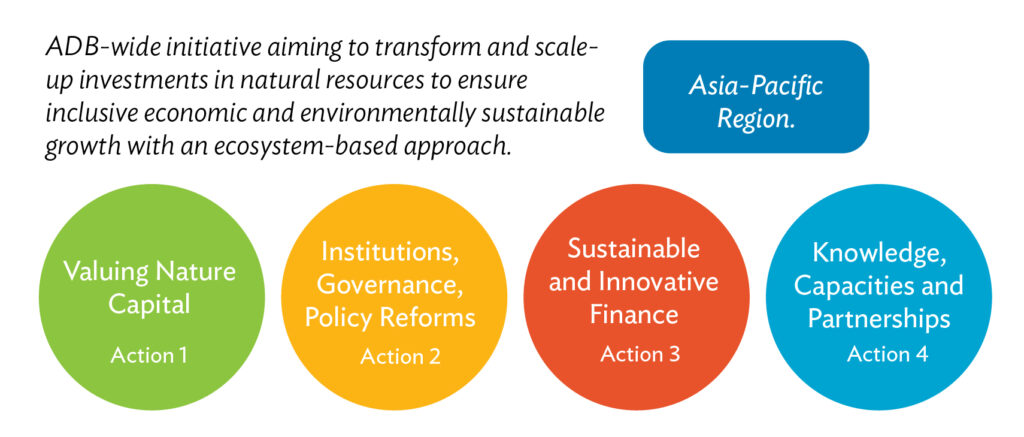
A significant initiative was the creation of a 2-million-kilowatt photovoltaic project for desertification control, which enhanced vegetation in the Kubuqi Desert. This project played a crucial role in conserving and reviving desert ecosystems and led to an increase in forest, farmland, and wetland areas.
Consequently, biodiversity in the area thrived, leading to the upliftment of local communities from poverty. Additionally, this transformation spurred the establishment of several industries, notably desert tourism and solar power.
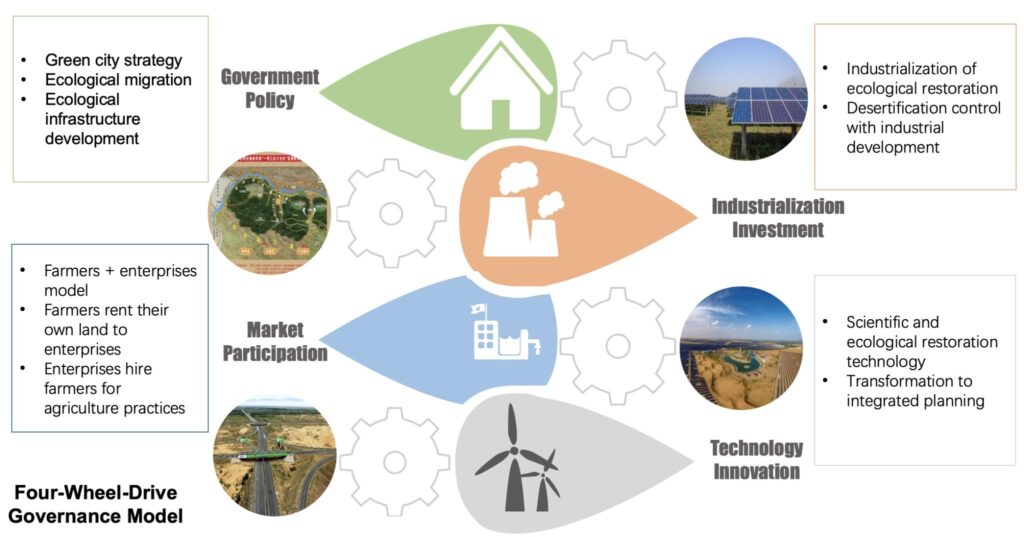
To design eco-compensation mechanism, the GEP accounting system was developed to calculate the economic value of the desert’s vital ecosystem services, including sandstorm prevention, carbon sequestration, water retention, soil conservation, and oxygen production. Figure 4 illustrates the methodology of this environmental-economic valuation. Based on local multiple stakeholder consultation, ADB developed a technical guideline on GEP accounting for the local government and designed sustainable financial mechanisms.
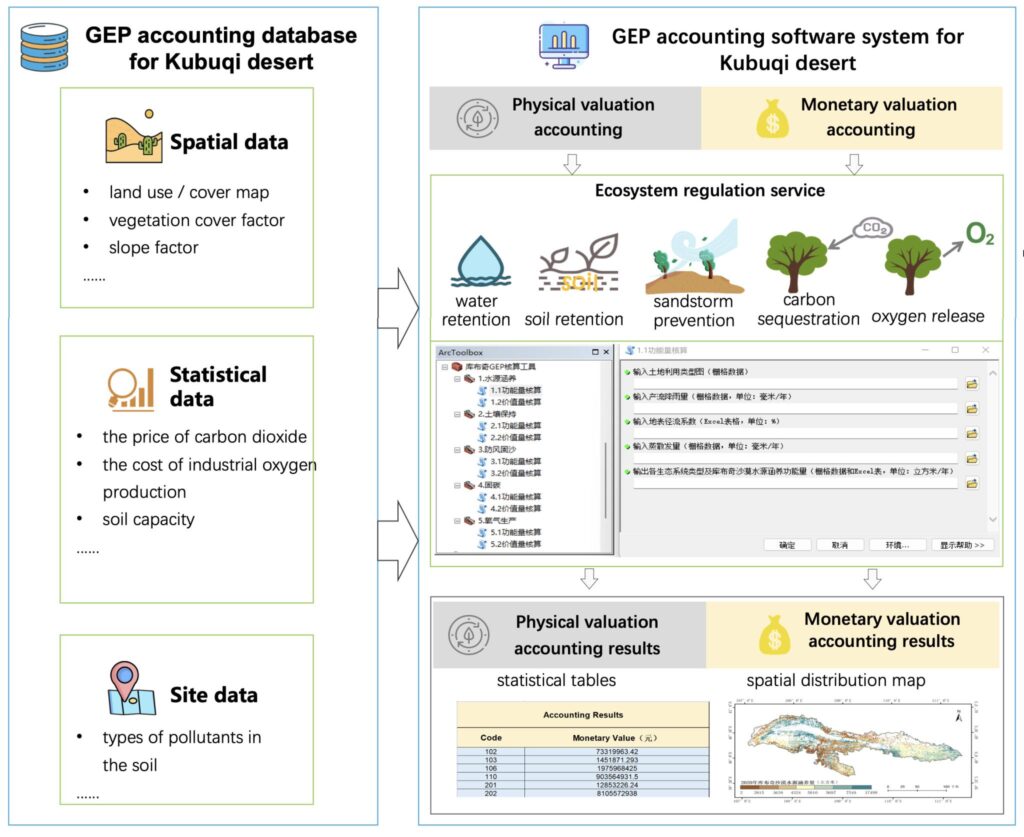
Policy Outcomes
Between 2000 and 2020, a total of 583,000 hectares within the desert ecosystem were conserved and restored. This included an increase in forest cover by 6.05%, wetlands by 100.65%, and farmland by 1.11%. The GEP saw a substantial rise from CNY 21.50 billion (approximately USD$2.96 billion) to CNY 55.48 billion (around USD$7.64 billion) during this period through the GEP accounting tool. The most significant contributions to GEP were from sandstorm prevention and water retention, which accounted for 39.39% and 38.56% of the total GEP, respectively. Carbon sequestration accounted for 6.24% of the GEP.
Furthermore, from 2000 to 2020, the cost of ecological restoration in the Kubuqi Desert was approximately CNY 1.81 billion (USD$249.37 million), while the ecological benefits generated amounted to CNY 22.5 billion (USD$3.05 billion). This resulted in a benefit-cost ratio of 12, leading to the recognition of the Kubuqi model as an “eco-pioneer” by the United Nations Environment Programme.
From 2010-2020, private company Elion Group has profited from restoring the desert ecosystem, especially through land transaction, photovoltaic power generation, and Chinese medical materials.
Recommendations
Despite the Kubuqi Desert’s remarkable transformation, there remain opportunities to enhance its ecosystem management. Addressing these could involve implementing innovative ecological compensation mechanisms and green finance policies.
Ecological compensation mechanism
This approach aims to internalize the environmental externalities and hamonize economic development with environmental protection and social welfare, leveraging market mechanisms and regional collaboration for greater success and sustainability.
A proposed Kubuqi Green Development Fund, supported by local governments, industries, NGOs, and public welfare foundations, could merge social welfare funds with ecological industry revenues for the desert’s long-term ecological restoration. The fund’s potential uses include subsidies for farmers, ecological restoration research, water conservation projects, development of ecological restoration platforms, public education, health initiatives, and public infrastructure construction.
Challenges might include financial limitations, especially if the fund lacks sufficient contributions or projects are capital-intensive. Partnerships with external organizations and diversified income streams could mitigate these challenges. Effective governance, balancing economic growth with ecological preservation, and stakeholder agreement on fund allocation also present potential hurdles.
Financing ecological industrial development
Central and local governments could introduce financial measures to support environmentally focused initiatives in the Kubuqi Desert, such as
- utilizing tax subsidies, land use price variations, and electricity price concessions to attract industry growth;
- establishing green evaluation standards to aid ecological industry enterprises;
- introducing standardized land contractual management rights for long-term enterprise land access and increased farmer income;
- implementing water pricing mechanisms to promote responsible water usage; and
- encouraging green financial tools like green credit, bonds, insurance, and environmental equity tools to boost investment in ecological industrial development.
These approaches might face industry resistance, enforcement challenges of green standards, governance issues to prevent incentive misuse, and financial and human resource constraints, requiring technical expertise in financial tool management.
Success in these endeavors hinges on effective governance, stakeholder coordination, resource allocation, and balancing economic and environmental interests. Efficient management and project implementation can lead to positive outcomes, while resource mismanagement, inadequate regulation, and stakeholder resistance may result in negative impacts.
Adapting similar policies for ecological restoration and sustainable industrial development in other regions requires considering each area’s unique environmental, economic, and social conditions.
Key policy recommendations
Determine the GEP to design eco-compensation policies that aid in developing sustainable finance models that attract private investment, for example, in renewable energy and land restoration.
Marketization and diversification of ecological compensation mechanisms
- Emphasize collaborative governance, including open dialogue and participatory decision-making.
- Implement conflict resolution mechanisms for stakeholder disagreements and policy alignment.
- Establish robust monitoring and evaluation systems for project tracking and policy adjustment.
Financing renewable energy and ecological industrial development
- Foster public-private collaboration for fair and effective financial instrument implementation.
- Diversify funding sources from governments, private sectors, and international institutions.
- Reinvest profits from green bonds to enhance further investment in ecological industrial development, ensuring financial sustainability and support for ongoing initiatives.
Authors

Dongmei Guo
Environment Specialist, Agriculture, Food, Nature, and Rural Development Sector Office, Sectors Group, Asian Development Bank

Thomas Panella
Director, Agriculture, Food, Nature, and Rural Development Sector Office, Sectors Group, Asian Development Bank
This blog is reproduced from Development Asia.


